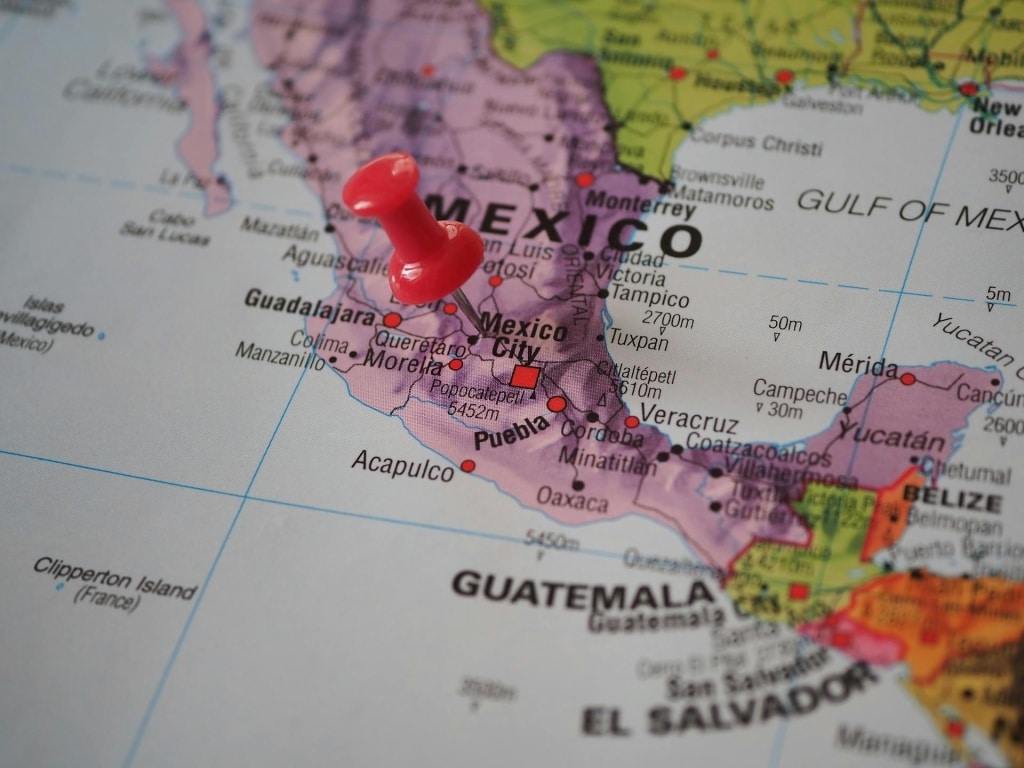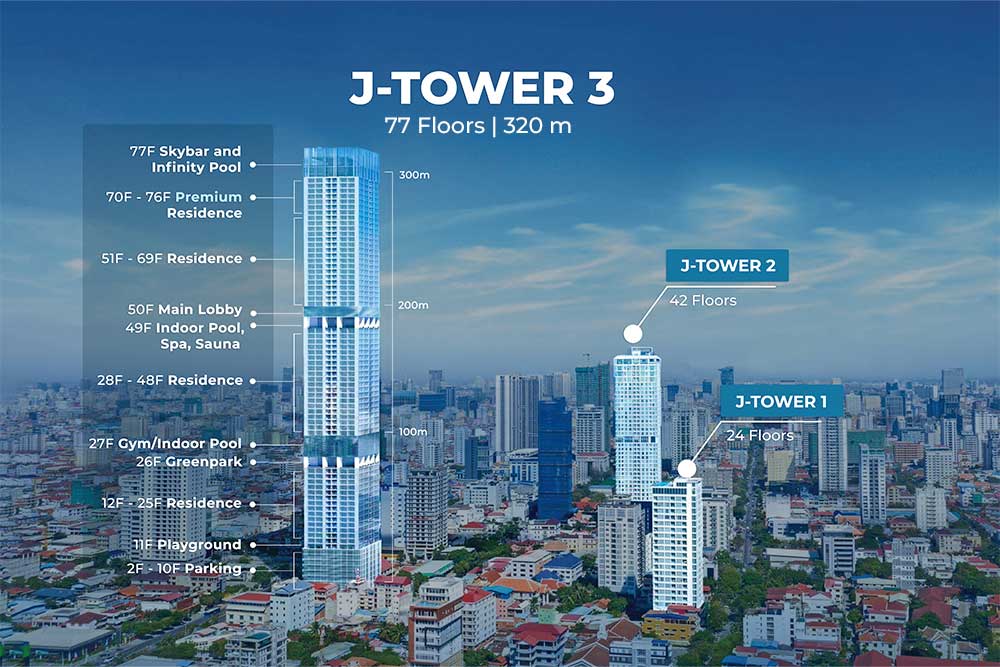
Get Your Free 1st Issue
Your Homes Overseas Magazine!
Discover the best destinations, property tips, and lifestyle insights from around the world.
GET YOUR FREE MAGAZINE HERE!

Discover the best destinations, property tips, and lifestyle insights from around the world.
GET YOUR FREE MAGAZINE HERE!

Mexico is full of color, history, and warm weather. People move here for many reasons, some want a quiet life, others love the beaches or cities. No matter your reason, it’s important to learn what to expect before you go. That’s what we’re here for.
At International Property Alerts, we guide you through the key things to know. We talk about life in Mexico, how to find a place to stay, and what steps to follow if you want to live there. We keep our words simple and our sentences short, so everything is easy to follow. Our goal is to help you feel ready and informed.

In this country guide Mexico section, we explain the basic codes and systems that help you stay connected and understand your new surroundings. These are simple but useful details that will help you when planning your move or setting up your daily life in Mexico.
Here are a few key things you should know:
These details help with calling local numbers, sending money, or even checking the time if you’re in another country. For instance, knowing the phone code is helpful when you need to contact someone in Mexico from abroad. Also, when you’re browsing online or filling out forms, you may see “MX” as a short form for Mexico. This comes from the official country code and is used around the world.
In addition, if you’re already thinking about finding a place to live in Mexico, feel free to look through our properties for available homes and investment options. We offer listings that are updated and easy to search. Understanding these codes is a small step, but it makes your planning easier. Above all, it gives you a strong start as you get ready to explore life in Mexico.

Mexico is part of North America. It sits just south of the United States. It also touches two large bodies of water: the Pacific Ocean on the west and the Gulf of Mexico on the east. In this country guide Mexico section, we explain why its location is great for travel, weather, and new opportunities.
So, Mexico’s location makes it easy for people in the U.S. and Canada to visit or move there. Flights are short, and the time zones are close, which helps with staying in touch with friends and family.
In addition, many expats choose Mexico because they can live near the beach, mountains, or big cities—without going too far from home. For instance, places like Cancún, Mexico City, and San Miguel de Allende are popular for their mix of comfort, culture, and cost of living.
To learn more about what we do for people moving or investing in Mexico, take a look at our services. We’re here to help you make the right move, with clear steps and real support.
In this country guide Mexico section, we talk about what kind of weather you can expect. Mexico has many types of weather because it’s a big country with beaches, cities, and mountains — all of which attract interest in international property.
So, if you like sunny days by the beach, Mexico has plenty. In other words, winters in Mexico can feel like springtime in many parts of the United States. That’s why many people choose to live or retire here.
Mexico has two main seasons:
After that, the sun usually comes back out, especially in tourist areas. Even during rainy months, many days are still bright and warm.
Also, if you’re comparing weather before deciding where to live, you might want to look at how it compares to real estate in UAE, which also has a warm climate but different seasons. Above all, Mexico’s weather gives you options—whether you enjoy heat, cool air, or something in between.

If you’re thinking about living in Mexico, it helps to know how much things cost each month. In this section, we break it down in a simple way. That way, you can plan your money and feel more confident about moving.
So, the total cost of living in Mexico can be around $700 to $1,300 per month for one person. In other words, it’s much cheaper than many parts of the U.S. or Europe. Also, prices can change based on where you live. Big cities and beach towns may cost more, while smaller towns are often more affordable. For instance, you’ll find lower rent in central towns and higher prices near tourist spots.
If you’re searching for homes or apartments, many options are listed under Mexico houses for rent. These can include simple studios, family homes, or even beachfront spots at lower prices than you’d expect. Above all, understanding these basic costs helps you decide if Mexico fits your lifestyle and budget.
This Mexico country guide highlights how the culture is both rich and welcoming. Life in Mexico is full of colour, tradition, and close family ties. Understanding these values can help you feel more at home if you decide to move.
In other words, Mexican culture is built on strong personal connections. So, if you’re an expat, you’ll likely be invited to join local traditions. This makes everyday life feel warm and welcoming. Also, people value kindness and politeness. A smile, handshake, or even a simple greeting goes a long way. After that, you’ll find that many locals are open to sharing their customs and stories with you.
Above all, culture shapes how people live each day. It can even guide where you choose to live. For example, if you love family-centered places and strong traditions, Mexico may feel like a good fit. In addition, you might want to compare this with real estate in the Philippines, where similar values and traditions are part of daily life, too. Living in a country with deep culture helps you feel connected—not just to a place, but to its people.
In this Mexico country guide, we explain how to live in Mexico legally. The visa process is simple once you understand the steps. Whether you’re visiting for a short time or planning to stay longer, there’s a visa that fits your needs.
So, if you’re thinking about staying long-term, you’ll need to meet the Mexico residency requirements. These can include bank statements, a valid passport, and a completed visa form. In other words, it’s all about showing you can support yourself while living in Mexico.
After that, if you’re ready to become an expat in Mexico, here are the basic steps to follow:
For instance, if you want to move to Mexico for retirement, the permanent resident visa might be the best option. It allows you to stay without renewing your permit every year.
In addition, you can apply for a visa before you move or plan a long visit first to get a feel for daily life. Above all, it’s important to follow each step carefully, so you avoid delays.

Starting a new life in Mexico begins with finding the right place to live. Whether you’re renting for a few months or planning to stay forever, you have many choices. In this Mexico country guide, we explain how to find homes, meet the rules for staying long-term, and enjoy retirement in a peaceful and affordable way.
Also, rental prices can vary based on location and home size. For instance, a small apartment in a town may cost less than a beachfront home. Many people begin by looking for short-term rentals and then decide on a long-term home after they settle in.
To live in Mexico legally, you must meet some basic residency requirements. These rules help the government make sure you’re able to live comfortably.
After that, once you’re in Mexico, you’ll visit an immigration office to complete the process and get your residency card. This card proves you can live in Mexico without having to leave every six months.
Many people choose Mexico as a place to enjoy their retirement. The weather is warm, the food is fresh, and the people are kind. Above all, the cost of living is much lower than in places like the U.S., Canada, or Europe.
Also, healthcare in Mexico is affordable and easy to access, especially in bigger cities. Some private hospitals even have English-speaking doctors.
In other words, retiring in Mexico can give you more comfort and peace without spending too much. Whether you’re renting or buying, there are homes to match many budgets and lifestyles.
This Mexico country guide includes fresh facts to help you understand what daily life in Mexico looks like. These details may seem small, but they make a big difference when planning your move.
Starting a new life in Mexico can feel exciting when you have the right information. From weather and visas to culture and daily costs, this Mexico country guide was made to keep things easy to understand. So, whether you’re planning to move, retire, or invest, we’re here to help every step of the way. If you have questions or want help with your next move, feel free to contact us. We’re ready to guide you.
If you’re just visiting, you can stay up to 180 days without a visa. After that, you’ll need to apply for a long-term visa. In other words, living in Mexico full-time requires the right paperwork.
Many places in Mexico are safe, especially towns with expat communities. So, it’s important to choose a location that fits your comfort level. For instance, places like Mérida and San Miguel de Allende are known for being peaceful.
You may need about $700 to $1,300 per month, depending on where you live. That includes rent, food, and transport. Also, beach towns and big cities usually cost more.
Yes, many people look for rentals online first. In addition, short-term rentals help you explore before making a big decision. You’ll find many listings under Mexico houses for rent.
It helps, but it’s not required. For instance, many locals in popular areas speak some English. Above all, learning basic Spanish can make daily life easier and more fun.
About International Property Alerts
International Property Alerts is a premier global platform connecting real estate investors with handpicked opportunities in emerging and lifestyle-driven markets. Through curated listings, expert guidance, and market insights, we help buyers make confident property decisions worldwide.
Media Contact:

Phone: +4477 1923 8132
📱 WhatsApp: +63927 073 9530
Email: office@internationalpropertyalerts.com

Elle Resort & Beach Club offers a rare chance to own property in one of the most desirable coastal locations. With limited units, strong capital growth potential, and unmatched resort facilities, this is your opportunity to secure a beachfront lifestyle with long-term value.

Thinking about buying property abroad? Don’t make the move without the right knowledge. Our Free Buyers Guide gives you essential insights on legal steps, taxes, financing, and the best markets worldwide. Trusted by international buyers and investors.

Wake up to bright, spacious living with stunning views and modern comforts. Whether for family living, retirement, or a stylish retreat, Sudara Residences makes your dream home a reality

Discover curated property listings with IPS—residential, commercial, villas, land—and get expert guidance through every step.
BONUS: FREE Cambodia Buyer’s Guide

High visibility. Targeted audience. Maximum exposure. Rent this space and let your brand shine.

Get your properties in front of high-intent investors. Showcase your listings to buyers worldwide.

From pounds to pesos, yen to dollars. ⚡ Quick. Easy. Secure.
Compare listings
ComparePlease enter your username or email address. You will receive a link to create a new password via email.